For the most part, the Museum of Medieval Stockholm is geared primarily towards little kids. Throughout the museum, there’s plenty of stuff to climb on, explore, and reenact. However, on the backside of all the fun kid displays, there is a more “adult-focused” side with gallows, bones and dark art.
I never get to use one of my degrees: the forensic osteology one. So, I was pleased to discover a very large skeletal collection at the Medieval Stockholm museum and the displays held real bone and not the fabricated reproductions that are often seen in North American museums.
I’ve pulled out a few bone sets that were interesting:

The bones above were listed as “long bones” that all displayed some sort of trauma from warfare. I disagree with the last part; not all display skeletal trauma. From bottom to top you have: #1 a tibia (lower leg bone), #2 a humerus (upper arm bone), #3 a tibia, and #4 femur (upper leg bone).
The first tibia is confusing to me. There is definitely some sort of environmental influence. The confusing part is how smooth it is. Generally, remodelling after a break or disease leaves pitting and a rough surface with regrowth. This bone looks like it was changed over time… like a bowed leg, rickets, or a deformity caused by some sort of binding. The angle is wrong for a bowed leg but could have also been caused by Paget’s disease. There’s also a fair bit of thickening towards the lower part of the bone where it should be tapering.
The humerus shows a break that healed… oddly. But it healed. And this person lived for a long time after the break.
The second tibia shows what seems to be a large hematoma, which is caused by extreme trauma. It looks like this person went through the remodelling stage of healing but didn’t make it past that point.
I stared at the femur for a really long time looking for some sort of trauma. It looked perfectly normal to me. There’s no sign of trauma or disease. And judging by the fusing, that person lived a long life.

I have no idea what this shows. It’s part of the spine, rolled over and parts seem to have fused together. These could also be lumbar spinae that appear as though they roll over because of the parts that are missing. Again, I stared at this for a very long time to try and figure out what this was (with no success). There is a complete fusion between the spinae; whatever caused it, this person lived in extreme pain.

You can’t hide anything from your teeth. This poor soul had everything from dental carries to missing teeth (the ones where the socket grew over). The vertical lines in the incisors are rare. Generally, repeatedly poor nutrition leaves horizontal lines (dental hypoplasia) as you grow (harris lines on bones); I’ve seen vertical lines in cases of tuberculosis and syphilis. It’s doubtful this is syphilis. The commonly held belief is that syphilis didn’t hit Sweden until the 1400s.
Finally, in the gallery is a photo of facial reconstruction. This is thought to be the fabricated skull (and reconstruction) of Birger Jarl, the founder of Stockholm.
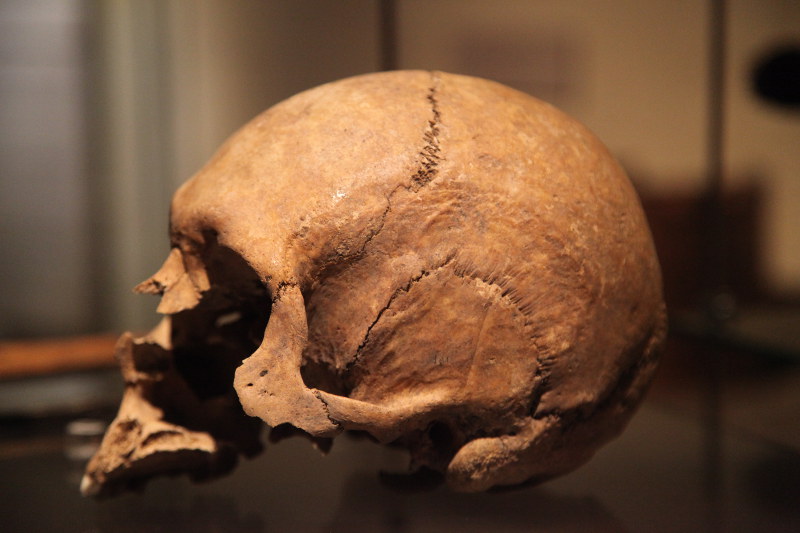
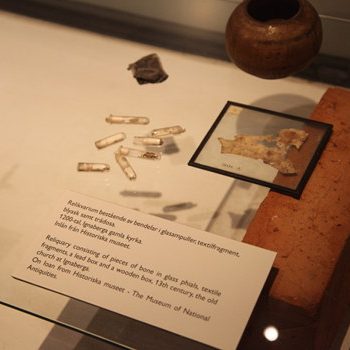
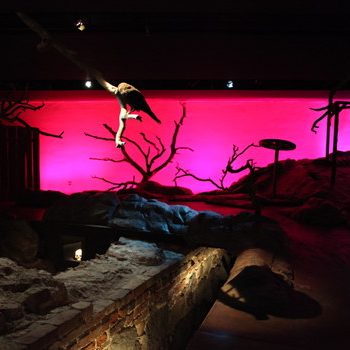
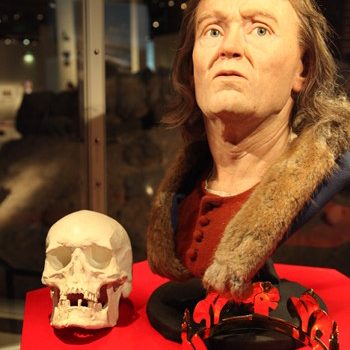
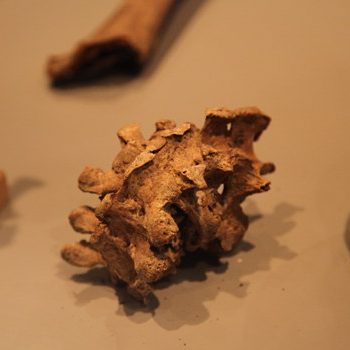
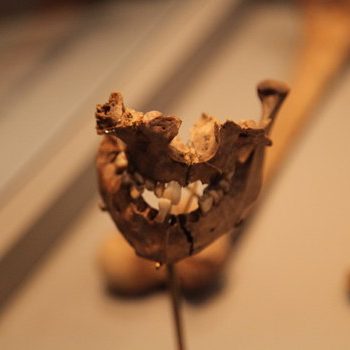
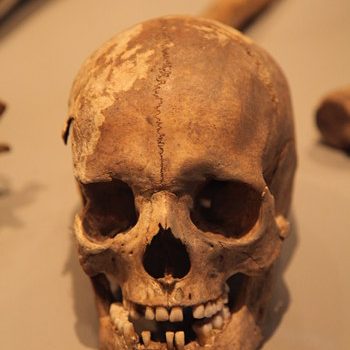
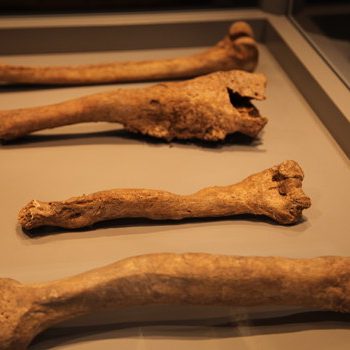
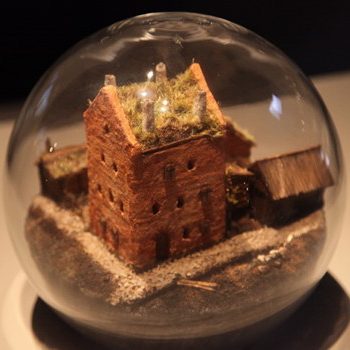
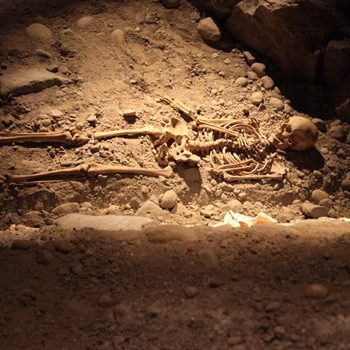
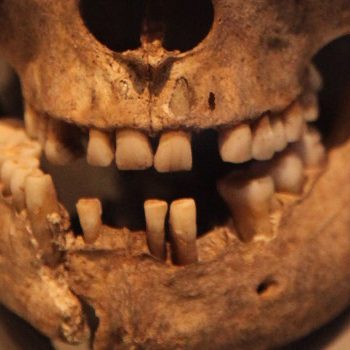
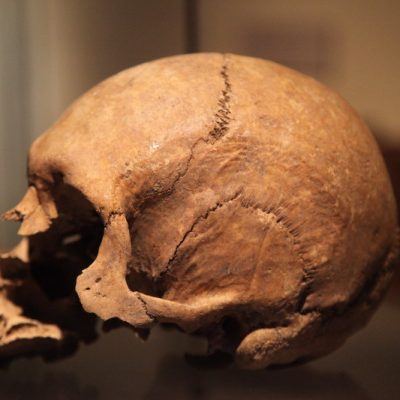
0 comments on “Museum of Medieval Stockholm — Bones in the Crypt”Add yours →